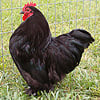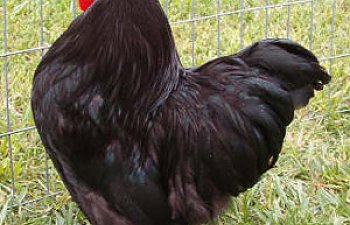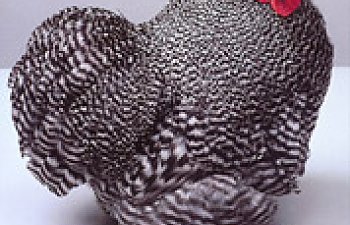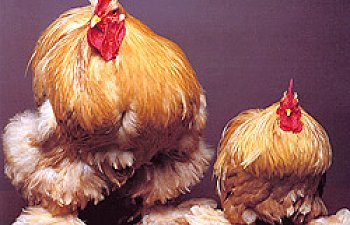
| 
| 
| ||||||||||||
| ||||||||||||||

| 
|
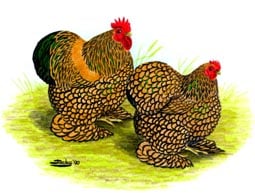
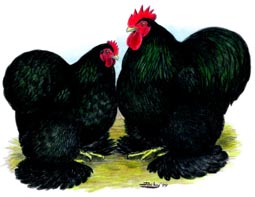
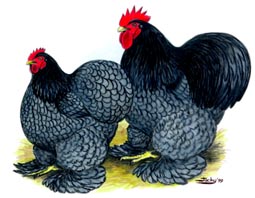
When they were first accepted to the Standard in 1874, only the Buff, Partridge, White, and Black varieties were included. It was not until 1965 that the Silver-Laced, Gold-Laced, Blue, and Brown breeds were accepted. The Barred breed was admitted in 1982.
text by Lee Salmon & Dennis Hawkins from the Palm Beach County Poultry Fanciers Association (PBCPFA)
All illustrations by Diane Jacky
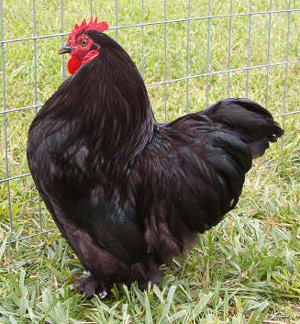
black cochin roo | |
Additional photos from "Extraordinary Chickens" by Stephen Green-Armytage | |
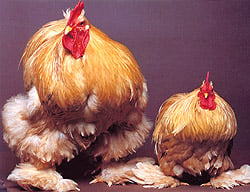
Buff Cochins - Standard & Bantam | 
Barred Cochin |

